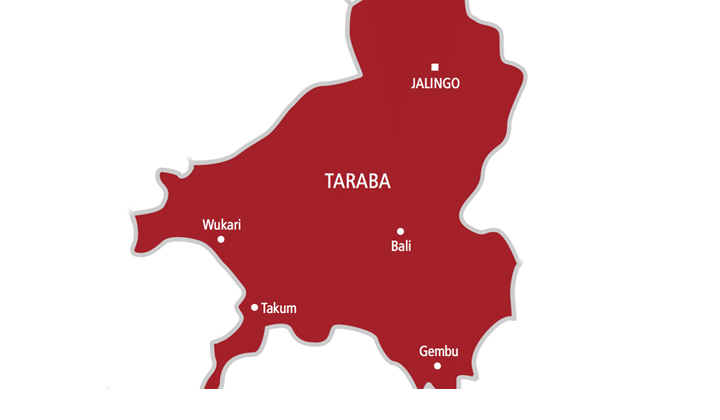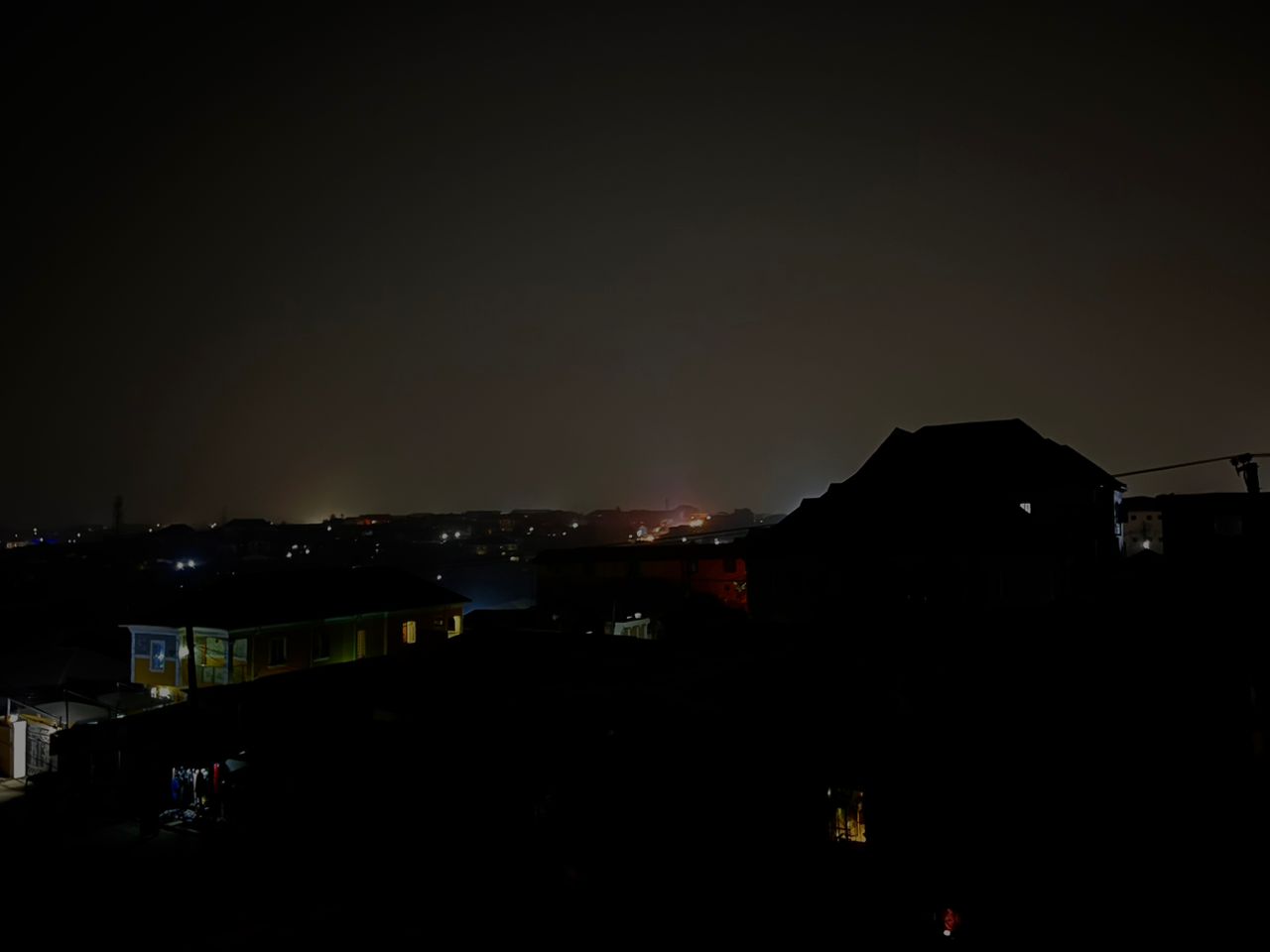Unsold goods stock rises by 52% – Manufacturers
The manufacturing sector has recorded a 52 per cent increase in unsold finished goods in six months, a new report by the Manufacturers of Nigeria has shown.
This was despite a 32 per cent (N1.31tn) decrease in the manufacturing sector factory output in the second half of 2022, when compared with N3.99tn recorded in the preceding half of the year.
These were contained in the Manufacturers Association of Nigeria’s Bi-Annual Economic Review report obtained by The PUNCH.
The document presented the summary of the findings of the survey of the manufacturing sector by the Manufacturers Association of Nigeria for the second half of 2022.
According to the report, the value of manufacturing production was N6.67tn in 2022 as against N7.39tn recorded in 2021.
The report said manufacturing production was severely affected in the second half of 2022 by the absence of implementation of new capital projects by the government as the general elections drew closer.
Production in the sector was also said to have been negatively affected by limited purchases by households due to the naira redesign policy, high inflationary pressure, high cost of energy, particularly diesel and gas, acute shortage of forex for importation of raw materials and machinery needs of the sector, among others.
The report partly read, “Inventory of unsold finished products in the manufacturing sector increased to N282.56bn in the second half of 2022 up from N169.75bn recorded in the corresponding half of 2021; thus, indicating N112.81bn or 66 per cent increase over the period.
“It also increased by N85.46bn or 51 percent when compared with N187.1bn recorded in the first half of the year. Inventory of unsold goods in the sector totaled N469.66bn in 2022 as against N384.58bn recorded in 2021. The high inventory recorded in the period is attributed to low purchasing power in the economy due to the declining real income of households following the continuous increase in inflationary pressures in the country. This is worsened by the Naira Redesign policy which began in the last quarter of 2022.”
According to the report, capacity utilisation in the manufacturing sector declined to 54.9 per cent from 59 per cent recorded in the corresponding half of 2021; thus, indicated 4.1 percentage points decline over the period.
Quarter-on-quarter, it declined by three percentage points when compared with 57.9 per cent recorded in the first half of the year. Manufacturing capacity utilisation averaged 56.4 percent in 2022 as against 55.9 per cent average of 2021.
The report also noted that there was an increase in local raw materials utilisation in the sector during the period due to increased difficulty in sourcing forex which compelled manufacturers to look more inward for raw materials notwithstanding the associated huge cost.
On investments into the sector, the report said manufacturing sector investment dipped to N145.59bn in the second half of 2022 down from N160.88bn recorded in the corresponding half of 2021; thus, indicating N15.29bn or 10 per cent decline over the period.
It further declined by N32.8bn or 18 per cent when compared with N178.39bn recorded in the first half of the year. Manufacturing investment totaled N323.98bn in 2022 as against N305.02bn recorded in 2021.
Investment in the period, according to MAN, was affected by the high debt profile of the government which particularly deters foreign investment, high cost of borrowing, high cost of energy, and low consumption during the period.
Also, in the second half of 2022, manufacturing employment dipped to 6741 down from 8508 and 9559 recorded in the corresponding half of 2021 and the first half of 2022 respectively.
“The decline in the number of jobs created in the sector during the period corroborates the poor operating business environment that was perverse with high energy cost, exorbitant cost of borrowing, high inflation, low sales due to limited cash,” the report read further.
Stakeholders react, speaking exclusively with The PUNCH, the Director-General of the Manufacturers Association of Nigeria, Segun Ajayi-Kadir, cited forex scarcity, rising energy costs alongside other biting challenges as the primary cause of the dip in production output and drop in the volume of sales.
Ajayi-Kadir also noted that due to the challenges confronting the sector, both local and foreign investors have lost confidence in the economy; and, as a result, have elected to withdraw investments in the sector.
He said, “Production activities were reduced because of the environment; many companies, because of the prevailing situation — forex, power and so on, had to cut down on production. Many that were running up to three to four shifts had to reduce to two or one.
“To that extent, we had a dip in capacity utilisation. At the same time, the disposable income of the average citizen is also reducing. So, we now have a combined situation where, even with the little we produce, we are not able to sell. Even for local investors, most of the investments that we talk about are actually expansions — people adding new brands to their portfolios. Others engage in more diverse operations or go into new areas. But, there is no incentive to do that.
“The returns on investments on the current ones are what the would-be investors will look at. We have continued to say that the government’s efforts in sourcing foreign direct investments are almost tantamount to illusion because there is hardly any investor that will invest in an economy just because they were invited to do so. They scan the environment, they ask manufacturers what the situation is. It is only when you see that those operating in the environment are successful that you have the encouragement to come and invest.”
In the same vein, the Deputy-President of the Lagos Chamber of Commerce and Industry, Gabriel Idahosa, blamed a dramatic spike in the production costs of manufacturers in 2022 as a major factor behind the decline in manufacturing output.
According to him, the spillover effect of the Russia-Ukraine war, particularly its impact on energy prices and disruptions in supply chains placed a serious strain on manufacturing activities.
Idahosa said, “These figures capture what has been happening on the ground. The big economic picture is now coming home to reality to show the experience of various players in the industry. For the manufacturers, once the power situation continues to deteriorate rather than improve, most manufacturers spend more on self-generation. Self-generation cost has almost quadrupled, from almost N200 to N800 when the Ukraine war started.
“The same Ukraine war affected the exchange rate. The exchange rate jumped from N400 to N700. Manufacturers are paying a lot more for energy because of the increase in the price of diesel.
They also pay about double for forex because of imported inputs, whether they are raw materials, machinery, maintenance parts and even some technical services.
“So, we have these three huge increases in cost. On the market side, Nigerians are getting poorer. Inflation is reducing their buying power. They cannot buy what manufacturers are producing. A lot of manufacturers will tell you their warehouses are full because customers want to buy but they don’t have the money to buy. All these are adding up to these dramatic figures we are seeing.”
Also speaking, a public policy economist at the Pan-Atlantic University, Lagos, Olusegun Vincent, said the inflationary pressure, which affected the economy across the board weakened purchasing power and also affected manufacturers’ ability to optimise production activities.
Vincent said, “The poor earning power of Nigerians accounted for it. Obviously, inflation has taken quite a substantial part of our disposable income.”











